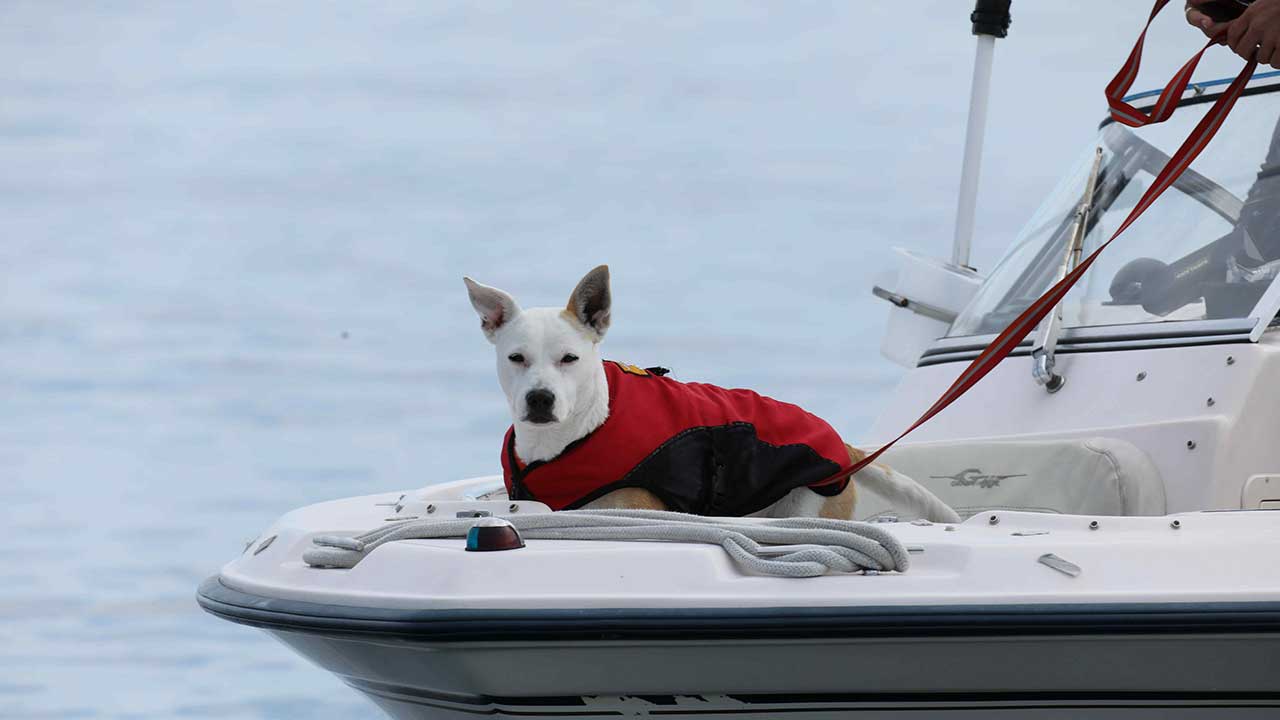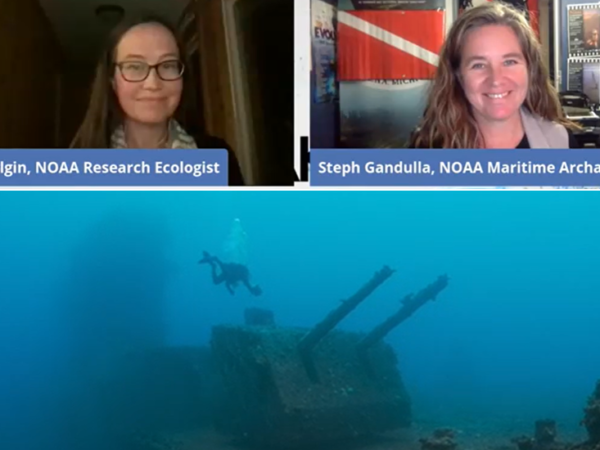
The relationship between humanity and nature is the overarching theme of “The Age of Nature,” a new PBS documentary series airing over the month of October. In it, the producers seek to answer questions about what the modern issues affecting nature are and what humans are doing about them.
Throughout this month as “The Age of Nature” airs, Great Lakes Now will bring audiences stories, videos and watch parties to better understand how issues covered in “The Age of Nature” relate specifically to the Great Lakes region.
In its three one-hour segments, “The Age of Nature” takes viewers on a trip around the globe. Here’s a preview of some of the sites, the researchers and advocates, and their work, and what we learn about nature, humanity’s impact on it, as well as how resilient, forgiving and inspiring some of the settings and projects can be.
Episode 1 Awakening – Aired Oct. 14, 2020
Military Legacies
The documentary opens in Bikini Atoll, where nuclear testing was conducted in the 1940s and 1950s.
“Over the 12 years of nuclear testing, the marine life and the islands at Bikini Atoll were just systematically decimated. It was just total annihilation,” said Zoe Richards, coral taxonomist with Curtin University, who was on the first team to do a marine survey on the reefs there since the nuclear damage.
But what Richards and the team observed was a healthy reef ecosystem, flourishing with life.
“Even the wrecks of ships deliberately sunk in the blast were covered in coral,” the narration adds.
Great Lakes shipwrecks also host ecosystems. Great Lakes Now’s Kathy Johnson recently wrote about a few of the system’s 6,000 shipwrecks and what fish and other life flourishes at different sites and depths:
READ: Shipwreck Life: How fish and other aquatic species utilize Great Lakes shipwrecks
WATCH: “The Age of Nature” producer Pete Lown tell Great Lakes Now Host Ward Detwiler about the “New Life in Submerged Wrecks”
In its Bikini Atoll segment, historical footage of the U.S. military’s nuclear testing show dramatic mushroom clouds and explosions that resulted in massive contamination of that area. In the Great Lakes, more recent military activity has led, in part, to the region’s PFAS crisis.
In Oscoda, Michigan, the community is one of many in the area dealing with PFAS contamination as a result of nearby military bases. While PFAS contamination doesn’t have the same visceral visual damage as a nuclear blast, the impact of those years of contamination has left an undeniable impact on those communities nonetheless.
WATCH: Great Lakes Now’s Emmy-winning documentary “The Forever Chemicals”
CHECK OUT: Great Lakes Now’s ongoing PFAS coverage.
API key not valid. Please pass a valid API key.Maritime Shipping
Traveling to Latin America, “The Age of Nature” then transitions to an exploration of the Panama Canal and its history and economic impact.
For those in the Great Lakes, the scenes of large freighters passing through massive locks undoubtedly bring to mind the Soo Locks, built to help ships bypass the rapids on the St. Marys River and ease transport between Lake Superior and Lake Huron.
The scale is slightly different. The Panama Canal uses 50 million gallons of water per ship going through to the Soo Locks’ 22 million gallons.
But the impact is still significant for both shipping channels: The Panama Canal sees a million containers a week carried along it, while the Soo Locks sees 90% of the United States’ iron ore pass through it.
WATCH: Great Lakes Now’s segment “Locking Up”.
Fishing and Overfishing
Crossing the Atlantic, “The Age of Nature” then takes viewers to Norway’s Lofoten Islands, where overfishing for Arctic cod in the mid-1900s resulted in a sharp decline in fish populations and many lost jobs.
At the same time the Lofoten Islands industry peaked, commercial fishing was also booming in the Great Lakes and hitting fish populations hard. Regulations and monitoring turned the situation around in both the Great Lakes and the Lofoten Islands.
READ: Great Lakes Fishery: The start of the industry and the fall of fish populations
WATCH: The Great Lakes Now segment “Net Income” about one of the few remaining commercial fishing companies.
API key not valid. Please pass a valid API key.Agricultural Collapse and Revitalization
In another hopeful story, “The Age of Nature” travels to the Loess Plateau in China and reports on how the area recovered from devastating erosion and ecological collapse.
While the Great Lakes region doesn’t have a project the size or scale of the Loess Plateau, there are plenty of impactful projects to restore habitat and natural wetlands.
In Milwaukee, several projects aimed at stormwater management, wetlands restoration and river improvements are seeing successes.
READ: Bring Back Milwaukee’s Swamps Part One and Part Two
WATCH: “Kinnickinnic River Restoration,” a project on Milwaukee’s south side.
In Ohio, Gov. Mike DeWine has called for a “$1 billion investment in clean water during the next decade with a major component of that investment going to restoring and creating wetlands,” wrote Great Lakes Now contributor James Proffitt.
READ: H2Ohio
Large-scale farms and their impacts on Lake Erie’s harmful algal blooms are also getting more attention. The Chicago-based Environmental Law & Policy Center is suing to force the Ohio Environmental Protection Agency to create a maximum daily load for runoff and to set an enforceable schedule for nutrients reductions.
CHECK OUT: Total Maximum Daily Load: Court case looks to push for Ohio EPA nutrients limit for Lake Erie
WATCH: Feeding the Blooms
API key not valid. Please pass a valid API key.For more of the connections between Great Lakes Now and issues presented in “The Age of Nature,” visit GreatLakesNow.org/Age of Nature or check out our PLAYLIST on our YouTube channel.




